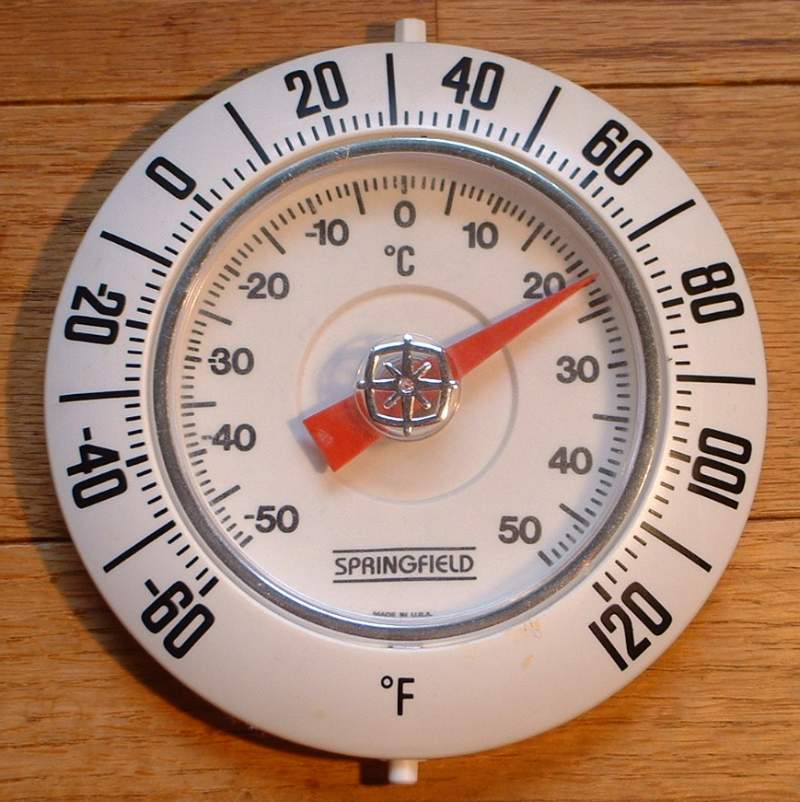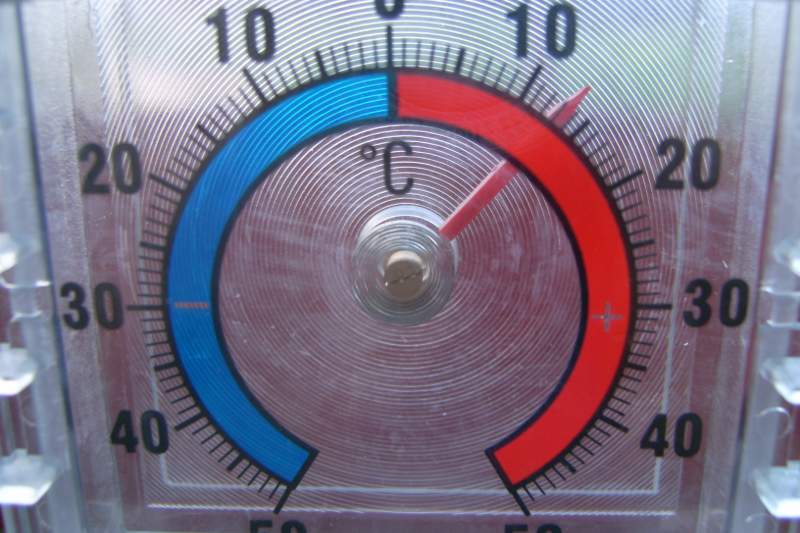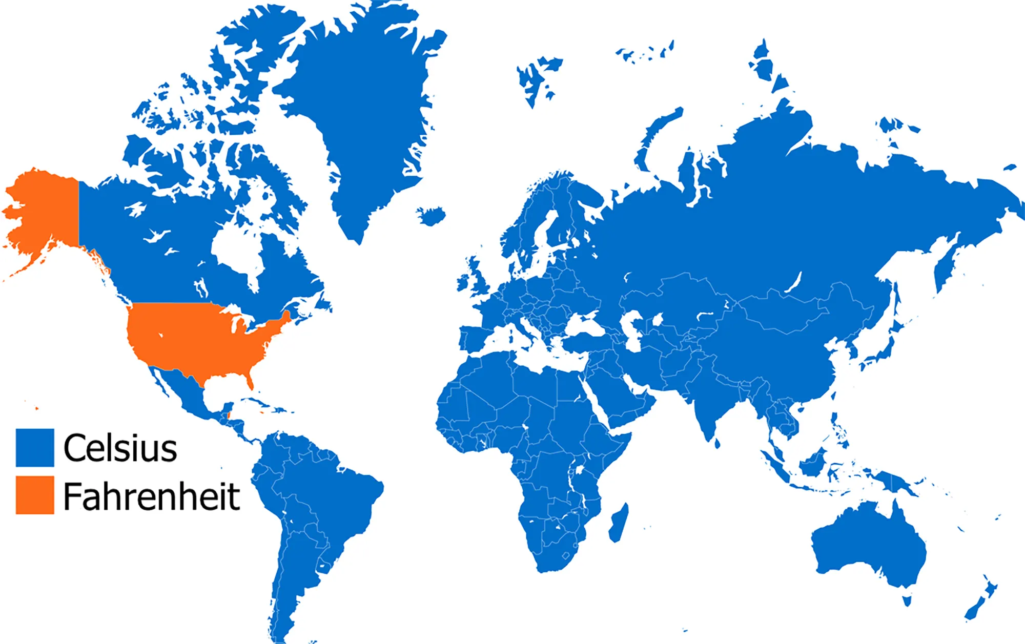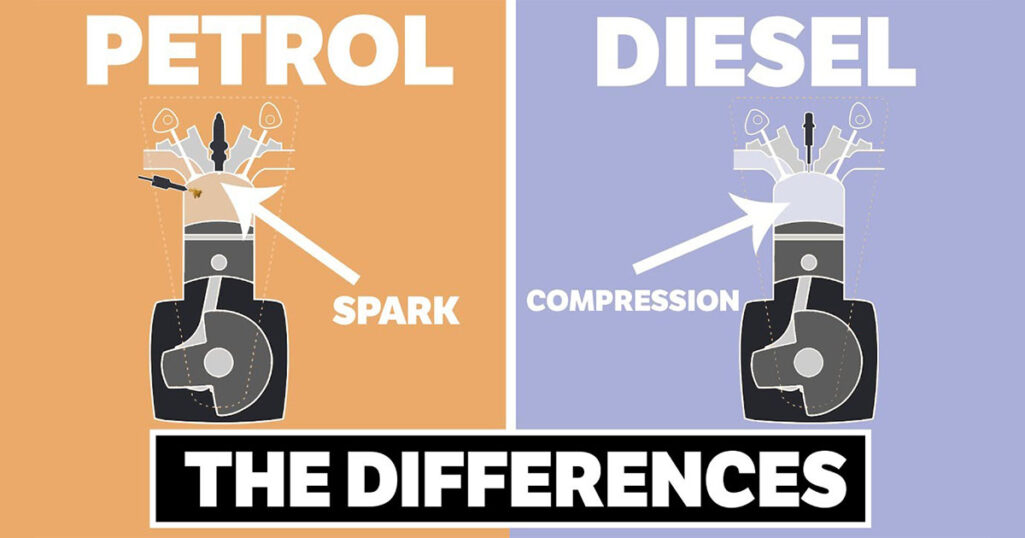
After the huge conflict between our readers about the previous article we published, stating that Fahrenheit could be better than Celsius, and the massive amount of insulting comments that happened between the members, we decided to end this discussion by representing the best usages for every temperature scale.
Let’s start by looking at the advantages of using Fahrenheit.
Advantages of Fahrenheit

1- Fahrenheit provides almost two times (1.8x) the precision of Celsius without the need to go into decimals, allowing you to better relate to the temperature of the air.
2- It’s more appropriate for sensing air temperature than water temperature. It’s easy to tell what kind of day it is by using this scale, which goes from 0 (extreme cold) to 100 (extreme heat).
Watch the following video to know more about the establishment of the Fahrenheit temperature scale:
Even though Fahrenheit has advantages, Celsius is still the most used temperature scale globally, and there are many reasons behind the popularity of this scale. Let’s find them out.
Advantages of Celsius

1- It is better suited to determining the temperature of liquids. The 0–100 temperature scale works well when you are worried about water temperature, such as whether ice will develop outside or at what point milk will boil in a pot (milk is mostly water).
2- When communicating with individuals from other nations, Celsius or Kelvin are preferable options because they are the most widely-used temperature scales in the world and utilized in science.
Watch the following video to know more about the Celsius temperature scale:
While Celsius is the most used temperature scale in the world, Americans still prefer to use Fahrenheit. Why?! Read this article to find out.
Oh! We forget one important temperature scale! It’s Kelvin! Let’s find out its usages.
Advantages of Kelvin
1- The Kelvin scale is particularly useful for performing scientific calculations and measurements. The lowest temperature possible under the rules of physics is 0 K, which is the absolute minimum temperature.
2- Kelvin is also used to determine a light bulb’s “color temperature.” For instance, 3,000 K is the color temperature of an incandescent bulb that emits yellow light.
Watch the following video that describes the lowest temperature of 0 Kelvin ( -273.15 C) and how the Kelvin scale works:
Conclusion
Let’s face it, both Fahrenheit and Celsius are good temperature scales, and each one has its own unique usage and application. Kelvin, on the other hand, is mainly used for scientific calculations and research.
Fahrenheit could be better as a temperature for the human to understand weather and climate conditions better. 0 F is freezing cold, and 100 F is very hot.
However, Celsius is a better universal temperature scale that is used in a wide variety of applications across the world and is best used for liquid temperature measurement.
And lastly, Kelvin, the temperature scale that is the most accurate in scientific data calculations.
A great comment that could describe and finish this debate that I have read on Facebook says:
Fahrenheit is what human feels; Celcius is what water feels; Kelvin is what atom feels.




